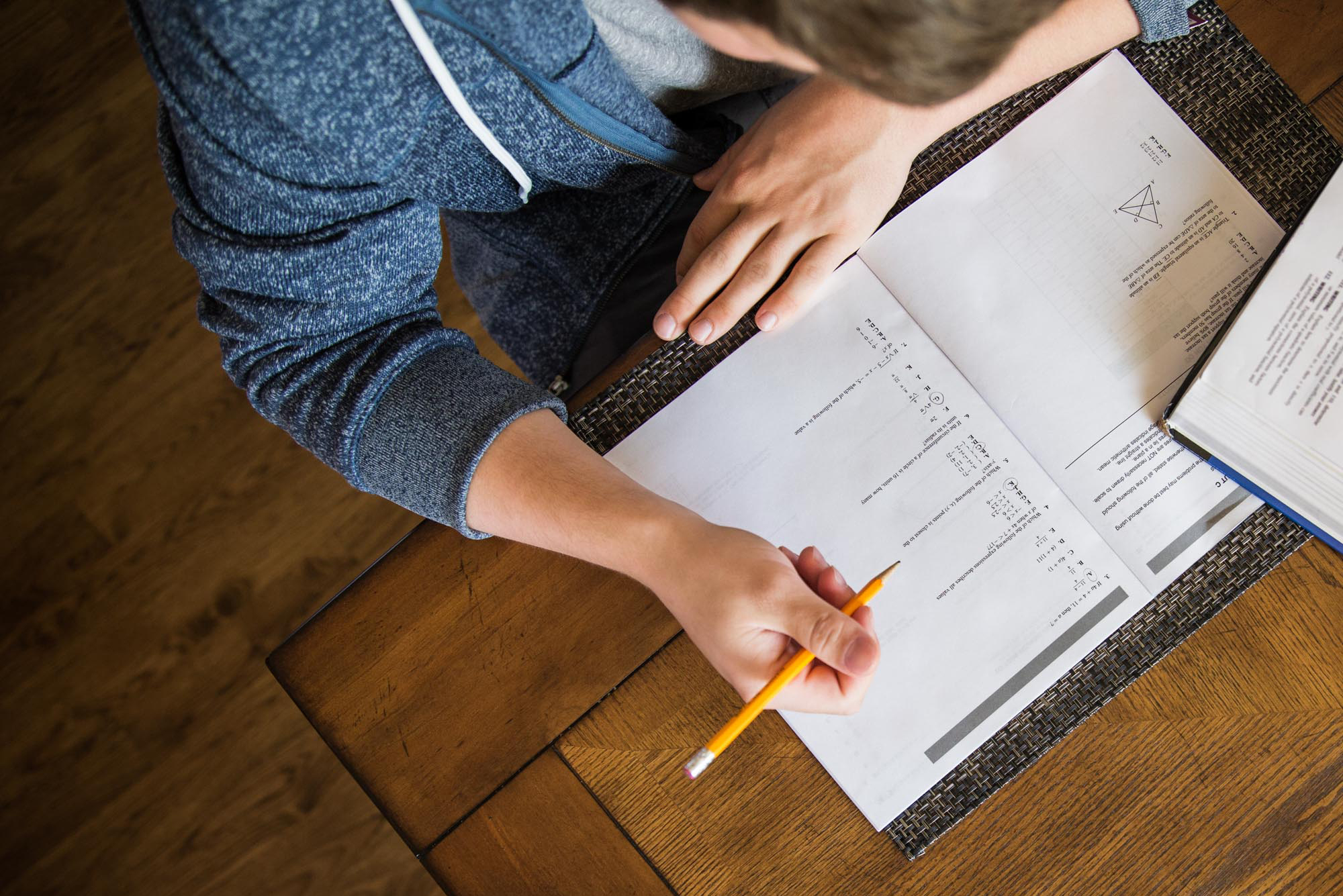How to ace your matric exams
The Department of Basic Education has released the Grade 12 National Senior Certificate (NSC) examination timetable; this means that exams are around the corner. Exam season can be an incredibly stressful time for all learners, especially with the weight of expectation in these economically challenging times. How are learners supposed to cope?

The Department of Basic Education has released the Grade 12 National Senior Certificate (NSC) examination timetable; this means that exams are around the corner. Exam season can be an incredibly stressful time for all learners, especially with the weight of expectation in these economically challenging times. How are learners supposed to cope?
According to Dr Bernadette Aineamani, Director at Pearson South Africa, many learners feel overwhelmed by the amount of information they are required to retain.
“This problem is particularly where a lot of material is covered, learners may not know where to start, and endless amounts of content available simply doesn’t mean that information gets adequately retained or remembered when needed,” says Dr Aineamani,
Dr Aineamani recommends ten ways in which learners can tackle their exams with confidence:
- Be at your exam venue at least 30 minutes before your exam starts.
- Stay calm and do not panic. Approach every question in a calm way, take deep breaths when you feel overwhelmed.
- Read the instructions and entire question paper before starting the examination.
- Read each question carefully to ensure that you understand how to best answer the question.
- Write neatly.
- Adhere to the mark allocation of each question. Refrain from giving too much or too little information.
- Show your workings and calculations in brackets if required.
- Do not use correction fluid or tippex.
- Do not leave questions out – even if a question looks unfamiliar, at least try to provide some answers.
- Remember you are competing with yourself. Do not start panicking when another learner completes the question paper before you do.
“I also encourage learners to take time off to rest and recuperate when needed. It is vital that mental health is looked after because stress and pressure are in abundance while calm and focus are the key to examination success,” advises Dr Aineamani.


